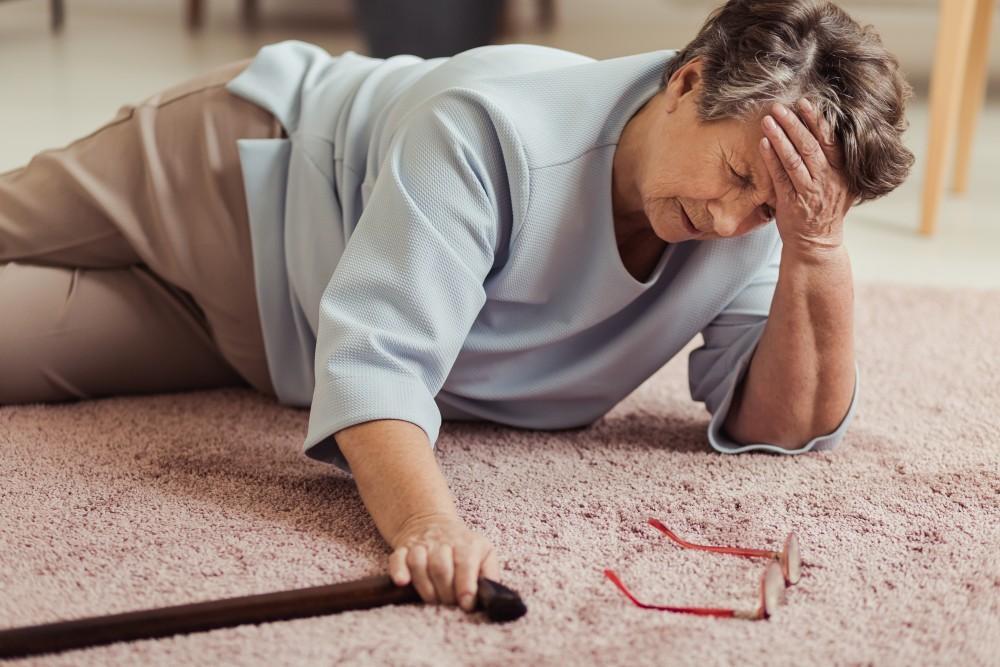In today’s world, ensuring the safety of our loved ones, particularly seniors, is paramount. Fall detection devices have emerged as a vital tool in this mission. These devices play a crucial role in monitoring and safeguarding the elderly, allowing them to live independently while providing peace of mind to their families. But how do fall detection devices work exactly? Let’s delve into the mechanisms and features that make these devices indispensable.

What Are Fall Detection Devices?
Fall detection devices are specialized tools designed to detect falls and alert caregivers or emergency services. They are often integrated into medical alert systems or wearable technology like smartwatches. These devices use a combination of sensors and algorithms to accurately identify a fall and trigger an alert.
The Importance of Fall Detection
Falls are a leading cause of injury among older adults. According to research, approximately one in four seniors experiences a fall each year, leading to serious injuries or even fatalities. Understanding and preventing falls is crucial for enhancing the quality of life for seniors. Fall detection devices provide a proactive approach to managing this risk.
How Sensors Detect Falls
At the core of fall detection devices are advanced sensors. These sensors, such as accelerometers and gyroscopes, measure motion and orientation. When a device detects a sudden change in movementindicative of a fallit activates an alert system.
Accelerometers and Gyroscopes
Accelerometers measure acceleration forces, which help in detecting changes in speed and direction. Gyroscopes, on the other hand, measure orientation and angular velocity. Together, they provide comprehensive data that allows the device to distinguish between normal movements and falls.
The Role of Algorithms
Sensors alone aren’t enough; sophisticated algorithms are employed to interpret the data collected. These algorithms analyze patterns and differentiate between a fall and other activities like sitting or lying down. The accuracy of these algorithms is vital in minimizing false alarms.
Machine Learning in Fall Detection
Many modern devices incorporate machine learning to improve accuracy. By analyzing data over time, these systems ‘learn’ a user’s typical movement patterns and adjust sensitivity to better detect unusual movements, such as falls.
Alerting Mechanisms
Once a fall is detected, the device needs to alert someone promptly. Most fall detection devices are equipped with communication technology that sends alerts via a mobile app, text message, or automated phone call to designated contacts or emergency services.
Integration with Smart Home Systems
Some devices can integrate with smart home systems, adding another layer of safety. For example, they can trigger a response from home automation systems, such as unlocking doors for emergency personnel.
Types of Fall Detection Devices
Fall detection technology is available in various forms, each with its unique features and benefits:
Wearable Devices
Wearables, such as smartwatches and pendants, are popular for their convenience and constant monitoring capability. Many seniors prefer devices that are discreet and easy to wear. For example, a smartwatch with integrated fall detection provides both functionality and style.
In-Home Systems
These systems are often installed in strategic locations within a home, offering a non-wearable alternative. They use motion sensors to monitor for falls in specific areas and are ideal for seniors who prefer not to wear a device.
Challenges and Limitations
Despite their benefits, fall detection devices face challenges such as false positives and limited battery life. Continuous advancements are being made to address these issues, improving reliability and user satisfaction.
False Alarms
False alarms can be a nuisance, leading to unnecessary anxiety and emergency responses. Companies are investing in better algorithms and user customization options to reduce these occurrences.
Choosing the Right Device
Selecting the right fall detection device depends on individual needs and lifestyle. Factors to consider include ease of use, type of alert system, and the level of monitoring required. Consulting with healthcare providers can also help in making an informed decision.
Comparing Features and Prices
As with any technology, features and prices vary widely. It’s important to compare options and read reviews, possibly from trusted sources like voice assistant smartwatches for older adults, to find the best fit for one’s needs.
The Future of Fall Detection
The future of fall detection is promising, with ongoing research and technological innovations. Integration with artificial intelligence and the Internet of Things (IoT) could further enhance these devices, making them even more effective.
AI and IoT Integration
AI can enhance decision-making capabilities, while IoT allows devices to communicate within a smart ecosystem, offering more comprehensive monitoring and response solutions.
FAQ Section
Are fall detection devices suitable for active seniors?
Yes, many devices are designed to accommodate active lifestyles, ensuring accurate detection without hindering movement.
How accurate are fall detection devices?
While not foolproof, advancements in technology have significantly improved accuracy. It’s important to choose a device that frequently updates its algorithms.
Can fall detection devices be used outdoors?
Yes, most wearable devices function both indoors and outdoors, making them ideal for seniors who enjoy outdoor activities.

Conclusion
Fall detection devices offer a vital safety net for seniors, promoting independence while ensuring timely intervention during emergencies. By understanding how fall detection devices work, families can make informed decisions to enhance the safety and well-being of their loved ones. For further reading on preventing falls, visit this resource.
This article contains affiliate links. We may earn a commission at no extra cost to you.

